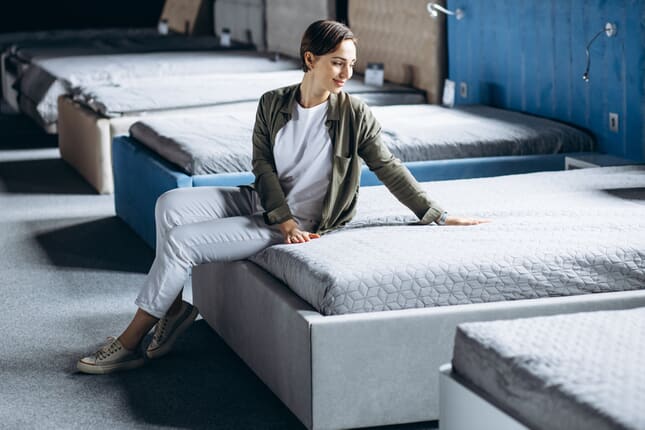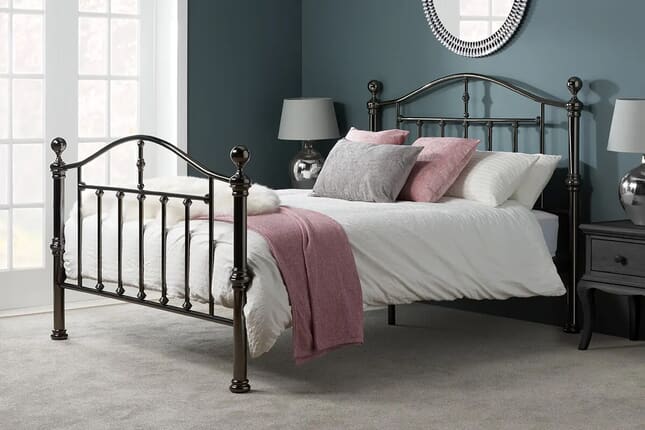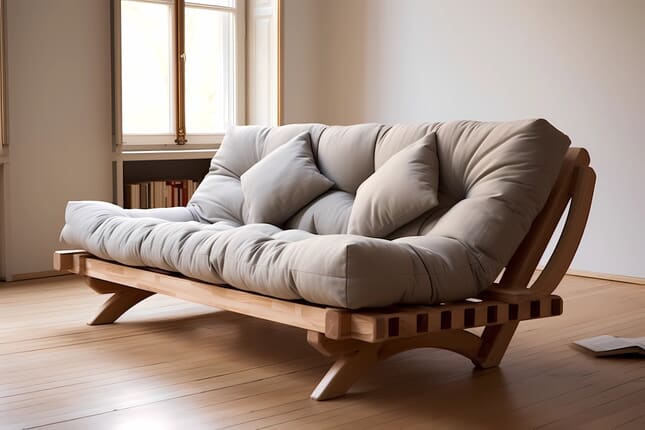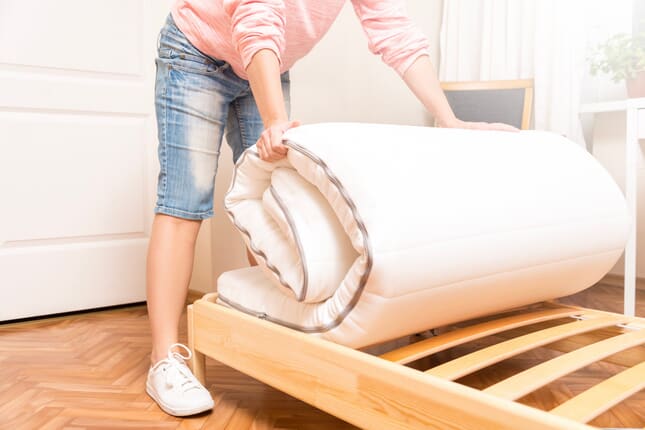Everything you need to know about buying a new mattress, whatever the type, size or price, straight from our product experts.
Buying Guides
Our guides to your perfect night’s sleep
Our buying guides are full of key information from our dedicated product experts. Here you'll find the answers to all of your questions, so you can be sure to get the perfect sleep set-up for you.
Considering one of our first-rate divan beds to upgrade your sleep? Read all the advice and information you could need from our dedicated experts.
In search for the perfect bed frame to pair with one of our premium mattresses? Whether you're looking for a stylish upholstered frame, or a sturdy wooden or metal bed, here's everything you need to know.
Sofa Bed Buying Guide
Looking for a new sofa bed? Here's everything you need to know before you buy.
Complete your perfect sleep set-up with pillows, duvets, and more that complement your mattress and bed. Here's everything you need to choose the best bedding for you.
Looking after your bed, mattress, and bedding is vital to getting your best night's sleep. With our in-depth care guides, you can enjoy your perfect sleeping environment for as long as possible.
Help your little one get their best night's sleep with the help of our Sleep Experts. Whether a baby, toddler, or teen, here's everything you need to know to optimise their sleeping environment.
Our informative guides will help you choose a bed or mattress that meets your specific sleep needs, allowing you to enjoy a tailored sleeping environment.
Discover top tips and helpful advice on how to shop from your favourite bed and mattress brands.















































































